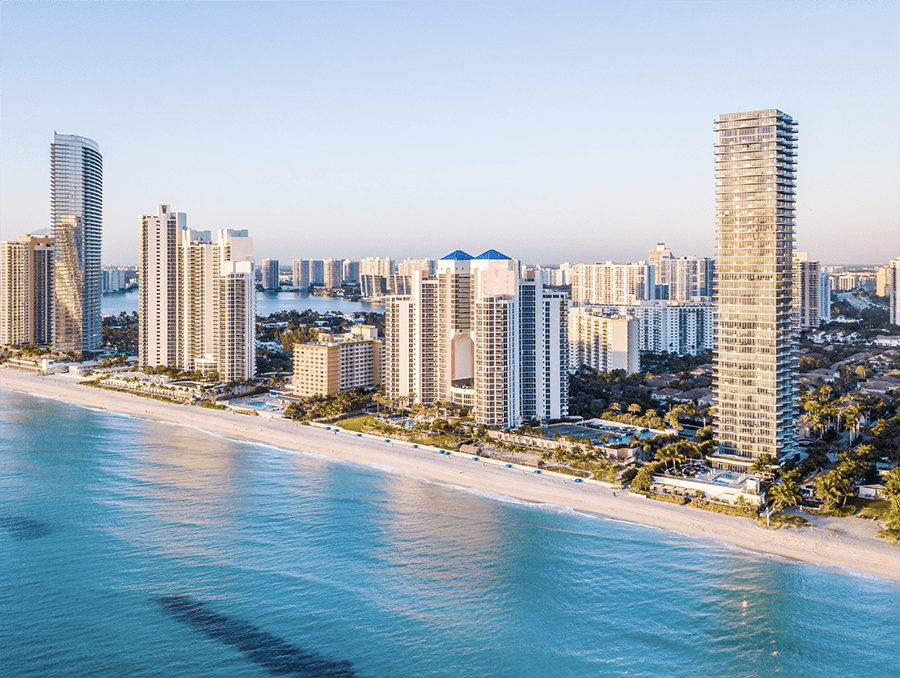Miami Emerges as Leading Destination for International Real Estate Investment
Miami's luxury real estate market is experiencing an unprecedented surge in foreign investment, with international buyers now dominating the new construction sector in ways that are reshaping South Florida's development…

